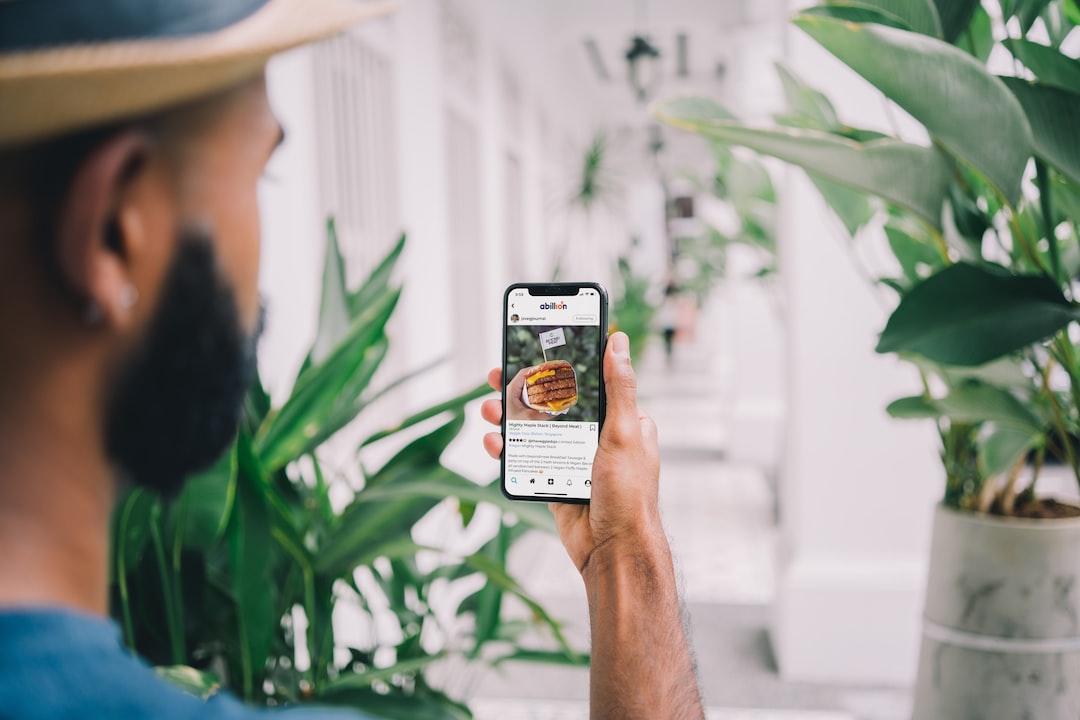Designing an app involves considering both functionality and user experience. Here are some ideas to help you design your app effectively:
User-Centric Design:
- Prioritize the needs and preferences of your target users. Create user personas and design the app's interface based on their behaviors, expectations, and preferences.
- Intuitive Navigation:
- Ensure that the app's navigation is straightforward and intuitive. Users should be able to easily access key features without getting lost in complex menus.
- Minimalist Interface:
- Embrace a clean and minimalist design. Avoid clutter and unnecessary elements that might overwhelm users. Focus on simplicity to enhance usability.
- Consistent Branding:
- Maintain a consistent branding theme throughout the app. Use a cohesive color scheme, typography, and logo design to reinforce your brand identity.
- Responsive Design:
- Ensure that your app is responsive to different screen sizes and resolutions. This is crucial for providing a seamless experience across various devices, including smartphones and tablets.
- Personalization:
- Incorporate personalization features that allow users to customize their experience. This can include theme options, notification preferences, or even personalized content recommendations.
- Feedback Mechanism:
- Implement a user feedback system to gather insights on app performance and user satisfaction. This can help you identify areas for improvement and enhance the user experience.
- Accessibility Features:
- Design your app with accessibility in mind. Consider users with disabilities and include features such as voice commands, text-to-speech, and adjustable font sizes.
- Offline Functionality:
- If possible, design the app to function offline or in low-connectivity environments. This ensures users can still access certain features even when not connected to the internet.
- Security Measures:
- Prioritize the security of user data. Implement robust encryption and authentication measures to protect sensitive information.
- Interactive Elements:
- Integrate interactive elements like gestures, swipes, and taps to make the app engaging. This enhances the overall user experience and makes the app more enjoyable to use.
- Cross-Platform Compatibility:
- If feasible, design your app to be compatible with multiple platforms (iOS, Android, web). This expands your user base and provides a consistent experience across different devices.
- A/B Testing:
- Conduct A/B testing to experiment with different design elements and features. This allows you to gather real user feedback and make data-driven decisions to optimize the app.
- Loading Times:
- Optimize loading times to ensure that the app responds quickly. Slow loading times can frustrate users and lead to a poor overall experience.
- Scalability:
- Design your app with scalability in mind. Anticipate future growth and ensure that your app architecture can handle increased user traffic and additional features.
Remember to iterate on your design based on user feedback and evolving trends to keep your app relevant and user-friendly.
Designing an app is a multifaceted process that goes beyond mere aesthetics; it requires a thoughtful blend of functionality and user experience (UX) considerations. Let's delve deeper into these crucial aspects:
- Functionality:
- Core Features: Identify the core features and functionalities that your app needs to offer. Prioritize these elements based on their significance to the user experience and the app's overall purpose.
- User Goals: Understand the primary goals of your users. Your app should not only meet these goals but do so in an intuitive and efficient manner.
- Technical Feasibility: Ensure that the desired functionalities are technically feasible and align with the capabilities of the chosen platform (iOS, Android, web).
- User Experience (UX):
- User-Centric Design: Place the user at the center of your design process. Create user personas to understand their behaviors, preferences, and pain points.
- User Journey Mapping: Map out the user journey from the moment they open the app to accomplishing their intended goals. Identify potential friction points and streamline the flow.
- Intuitive Navigation: Design an interface with navigation that feels natural and requires minimal cognitive effort. Users should easily find what they need without unnecessary complexity.
- Responsive Design: Prioritize a responsive design that adapts seamlessly to various devices and screen sizes, ensuring a consistent and enjoyable experience across platforms.
- Balancing Functionality and UX:
- Prioritization: Strike a balance between feature richness and simplicity. Prioritize essential functionalities while keeping the user interface uncluttered.
- Performance Optimization: Optimize the app's performance to ensure that functionalities are executed swiftly, contributing to a seamless user experience.
- Iterative Design Process:
- Prototyping: Develop prototypes to visualize the app's functionality and gather early feedback. This helps in identifying potential issues and refining the user experience.
- User Testing: Conduct user testing at different stages of development. This allows you to validate design decisions, uncover usability issues, and make necessary adjustments.
- Accessibility:
- Inclusive Design: Consider accessibility from the outset. Design features that cater to users with varying abilities, ensuring a more inclusive app experience.
- Scalability and Future-Proofing:
- Scalable Architecture: Design the app's architecture with scalability in mind. Anticipate future updates, additional features, and increased user traffic.
- Technological Trends: Stay abreast of technological trends and evolving user expectations. Design with the flexibility to adapt to emerging technologies and design principles.
- Brand Consistency:
- Branding Elements: Incorporate consistent branding elements throughout the app. This includes colors, typography, and logo usage to reinforce brand identity.
- Data Security:
- Secure Design Practices: Integrate robust security measures to protect user data. Prioritize the implementation of encryption and authentication protocols to ensure data confidentiality.
By intertwining functionality and user experience considerations, your app can transcend being a mere tool to become an intuitive, engaging, and indispensable part of users' lives.
